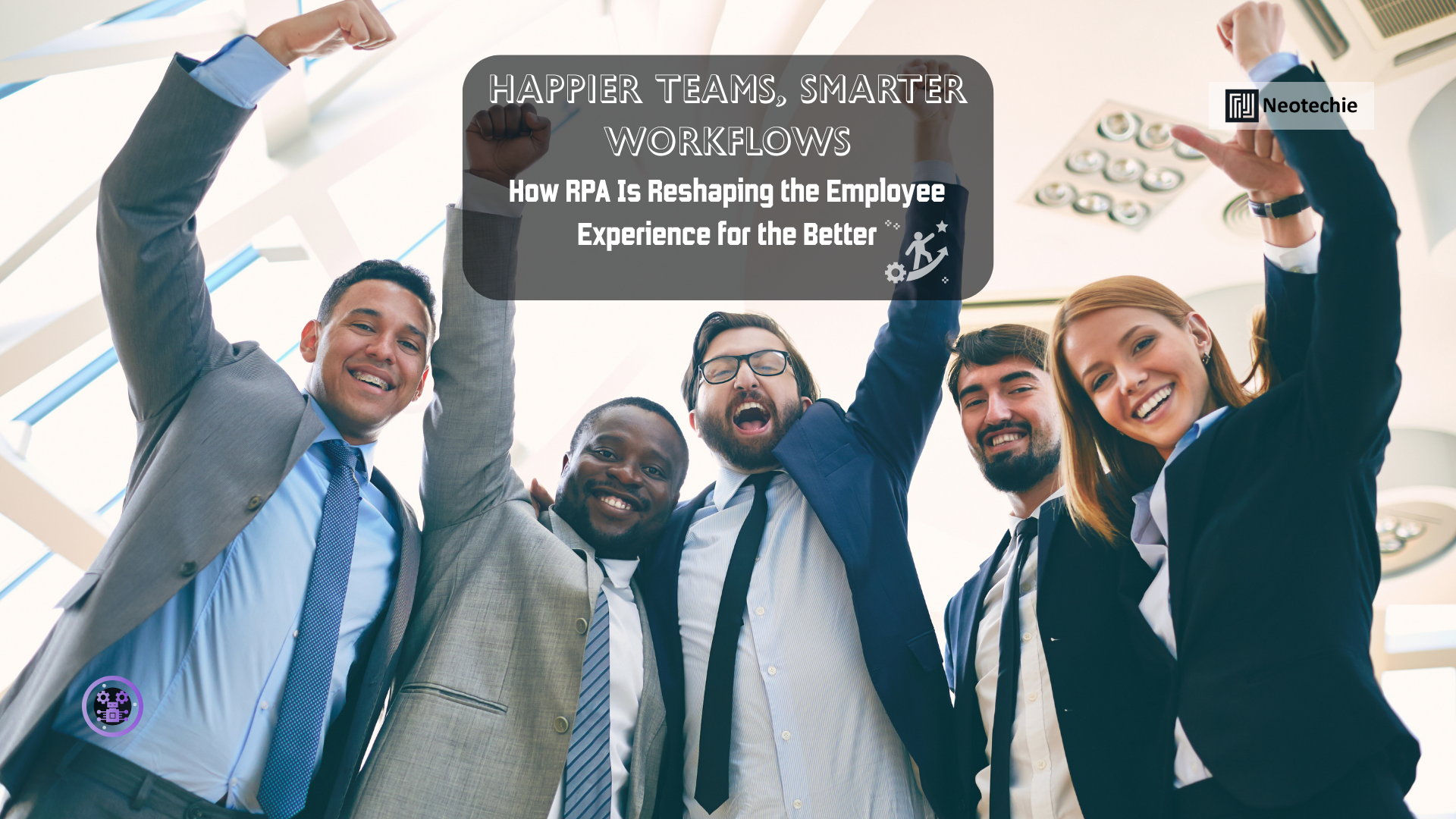Improvements in Employee Experience with RPA
Reducing Tedious Tasks
Robotic Process Automation (RPA) is revolutionizing the workplace by enhancing the employee experience. By automating repetitive, time-consuming tasks, RPA allows employees to shift their focus from mundane work to more engaging and valuable activities. Tasks such as data entry, report generation, and transaction processing, which traditionally consume a large portion of an employee’s day, can now be handled by RPA bots. This reduction in routine work helps alleviate stress, burnout, and frustration, allowing employees to have more meaningful workdays.
Focusing on Higher-Value Work
With RPA taking over administrative duties, employees are freed up to engage in more strategic and impactful tasks. Instead of spending hours on manual processes, they can focus on decision-making, problem-solving, and customer engagement—activities that require critical thinking and creativity. This shift leads to greater job satisfaction and a sense of accomplishment, as employees are able to contribute more directly to the organization’s goals.
Fostering Creativity and Innovation
As RPA handles the repetitive and routine tasks, employees have more opportunities to use their skills in areas that drive innovation. They can tackle complex issues, brainstorm new ideas, and contribute to projects that require human judgment and expertise. This fosters a work environment where employees feel empowered to explore their creativity and make meaningful contributions, which enhances their sense of purpose and fulfillment.
Enhancing Morale and Productivity
The result of these changes is a significant improvement in employee morale. When workers are freed from the constraints of manual tasks, they can focus on activities that excite them and align with their professional strengths. This not only boosts productivity but also leads to lower turnover rates and a more positive workplace culture, where employees are motivated and engaged in their work.
Conclusion
RPA is transforming the employee experience by enabling a shift from tedious, repetitive tasks to more rewarding and valuable work. As a result, organizations benefit from a more satisfied, engaged, and productive workforce.

